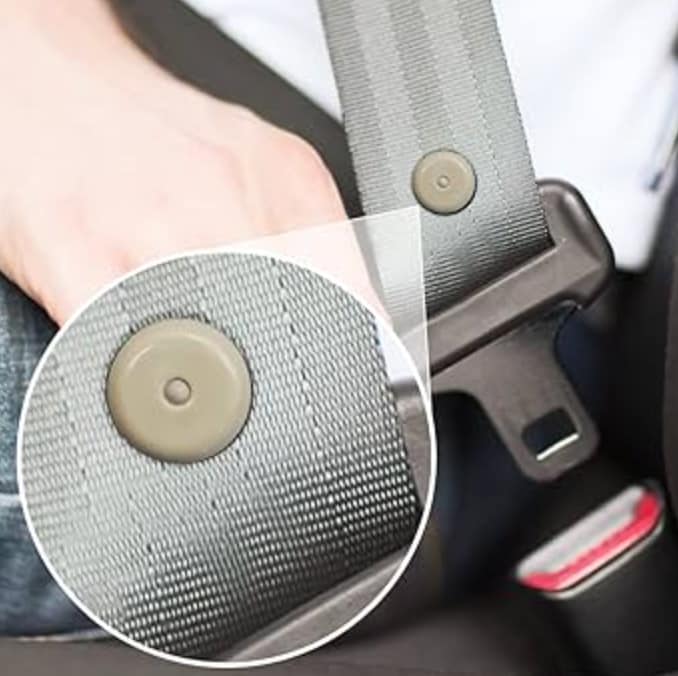

In every car journey, seat belts serve as our first line of defense. Yet, while we often focus on buckling up, seldom do we consider the mechanics that keep a seat belt working seamlessly. Enter the stop button—a humble hero whose primary job is to prevent the metal latch plate from sliding too far down towards the floor when unbuckled. Without this nifty little helper, drivers and passengers alike could face difficulties reaching for their seat belts quickly and efficiently. This inconvenience could lead to moments of frustration or even potential safety risks if you’re unable to fasten your seat belt promptly before starting your trip.
The design of a seat belt typically includes two stop buttons strategically placed along the strap. The first one is located near the latch plate itself. Its purpose is clear; it stops gravity from tugging at the latch plate, keeping it stationed at an optimal height for easy access. Imagine trying to reach for a latch plate that’s slipped all the way down—awkward stretches across seats would become a commonplace chore! This simple mechanism saves us from such hassle and keeps our vehicles user-friendly.